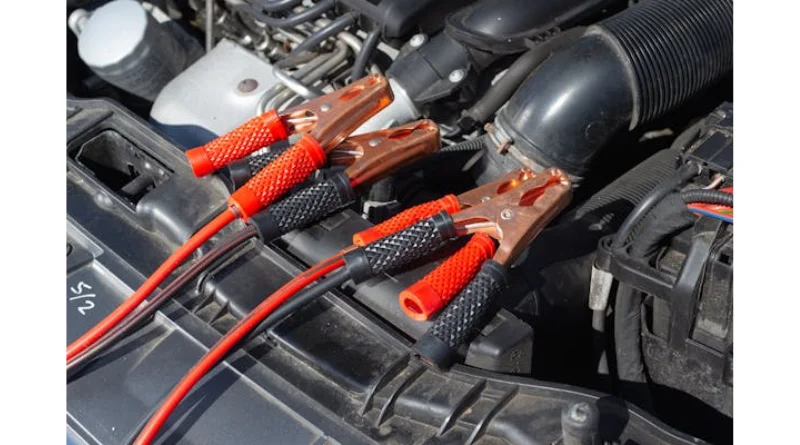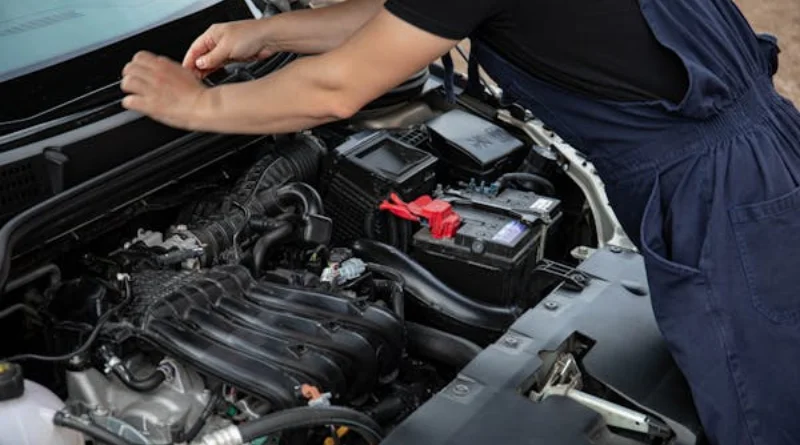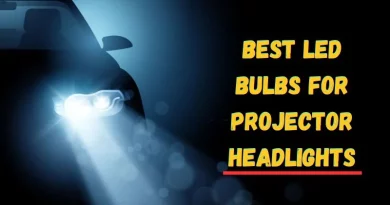2010 4Runner Car Only Starts After Disconnecting Battery: What You Need to Know
Last updated on November 19th, 2024 at 08:25 pm
If your 2010 Toyota 4Runner only starts after disconnecting and reconnecting the battery, relax and breathe, knowing you’re far from alone. In reality, this is one of the most confusing and frustrating problems a car can experience: The vehicle appears unable to start, but an occasional disconnect of its battery will have it rolling again. Fortunately, a few potential causes will help guide you to the right solution for your case.
Why Does My 2010 4Runner Only Start After Disconnecting the Battery?

It might indicate a problem with the electrical system, your battery, and the vehicle’s computer. These are a few common reasons why it may happen:
#1. Bad or Weak Battery
A weak or failing battery may cause the car to behave erratically, and it may not have enough juice to get your vehicle started. Disconnecting the battery and reconnecting it is essentially a reset of the power to the car, and it starts nicely, at least for a little while.
Signs of a bad battery: When the battery is old (more than 3-4 years), or if the car doesn’t start quickly, or electrical components, like lights or radio, only work now and then, the battery might be dead and should be replaced.
Solution: Test the battery at an auto parts store to know if it’s dead or if you need to have it replaced. If it’s not dead, then there could be a problem elsewhere.
#2. Alternator Problems
The alternator charges your car’s battery when the engine is on. Due to a defect in this alternator, it may not charge the battery to an appreciable level, whereby your battery runs out quite quickly. Therefore, it will take a pretty long time for you to start your car.
Symptoms of a bad alternator: Your 4Runner’s battery light triggers on, and you experience dimmed low-beam headlights and electrical problems. Your alternator’s charging is not sending enough power to your battery.
Solution: The alternator should be checked and possibly replaced if defective. A good, new alternator means the battery is always charged fully when you’re driving, and your car starts without a problem.
#3. Bad Battery Cables or Connections

Sometimes, it is not the battery but the cables or the connections. Droopy, corroded, or crushed cables do not supply enough power from the battery to the car’s electrical system, which is another reason it won’t start.
Signs of wrong cables: You have your culprit: White or greenish powder around your battery terminals or loose and crumpled-looking cables.
Solution: Clean the battery terminals and crimp the cables. If damaged or having rusted beyond repair, replace the wires.
#4. Faulty starting/ignition system of the vehicle
A starter motor will rotate the engine over when attempting to turn your vehicle on. It may not work correctly if there is a problem in it or the ignition system, forcing you to reset the electrical system by disconnecting and reconnecting the battery before it can start.
Symptoms of a bad starter: You attempt to start the car, but it makes clicking noises or does not respond.
Solution: A mechanic should then diagnose the starter and ignition systems and conclude if repairs or replacement is necessary.
#5. Engine Computer Reset (ECU)
As a 2010 4RunnerConclusion and like most new cars, your vehicle contains onboard computers that do most everything to start, including, in many cases, causing it to fail if it has an intermittently dead or dying battery. Disconnecting the battery sometimes “resets” the computer, allowing for starting. Such occurrences may happen when a module malfunctions in a vehicle’s electrical control unit (ECU), which requires reprogramming or resetting.
Signs of Trouble With The ECU: If your car’s engine starts acting erratically, the check engine light is on, or there’s a random electrical problem with your 4Runner, then the ECU could be malfunctioning
Solution: A professional mechanic can run diagnostics on your 4Runner and check for issues with the ECU or other sensors. In this case, the ECU could be reset or reprogrammed.
Recommended: 2024 Toyota 4Runner Review, Pricing, Specs & Release Date
How to Fix This Problem in 2010 Toyota 4Runner

If the above-given symptoms show in your 2010 4Runner and it can be started only by pulling the cell out of it, then it is best that you do the following step-by-step:
Test the Battery: Get it tested in an auto parts store; check whether it still holds a charge. Change the battery when needed.
Inspect the Alternator: Test the alternator and ensure it charges the battery just fine.
Check the battery cables and connections. Look for corrosion or signs of loose wiring. Clean or replace any damaged cables.
Check the starter. If this still needs to be corrected, have the starter motor inspected, rebuilt, or replaced.
For example, if no concern existed regarding the battery, alternator, or starter, then the ECU would be diagnosed by a mechanic. The car’s computer could be the cause, and the mechanic would check, using a diagnostic tool, for any concern regarding the ECU, which can then be reset and reprogrammed when the case calls for it.
When to Call a Pro
While you can check some of these problems for yourself, if you need more clarification or are unsure, or if this issue persists after installing a new battery, you can take your 4Runner to a qualified mechanic. Electrical issues are delicate, and specialized tools may be required to diagnose and correct the problem. A professional mechanic will be able to pinpoint the exact problem so they can make the corresponding repairs.
Conclusion
It is frustrating when a car starts once the battery has been disconnected; however, knowing the possible causes can help you understand what’s wrong. Whether it’s a weak battery, a faulty alternator, bad connections, or problems with the starter or ECU, there are obvious steps that you can take to solve the problem. You can restore your 2010 Toyota 4Runner to normal startup conditions, drive you to the store, and back home in the shortest possible time by acquiring the proper tests and getting to the root of the problem.




